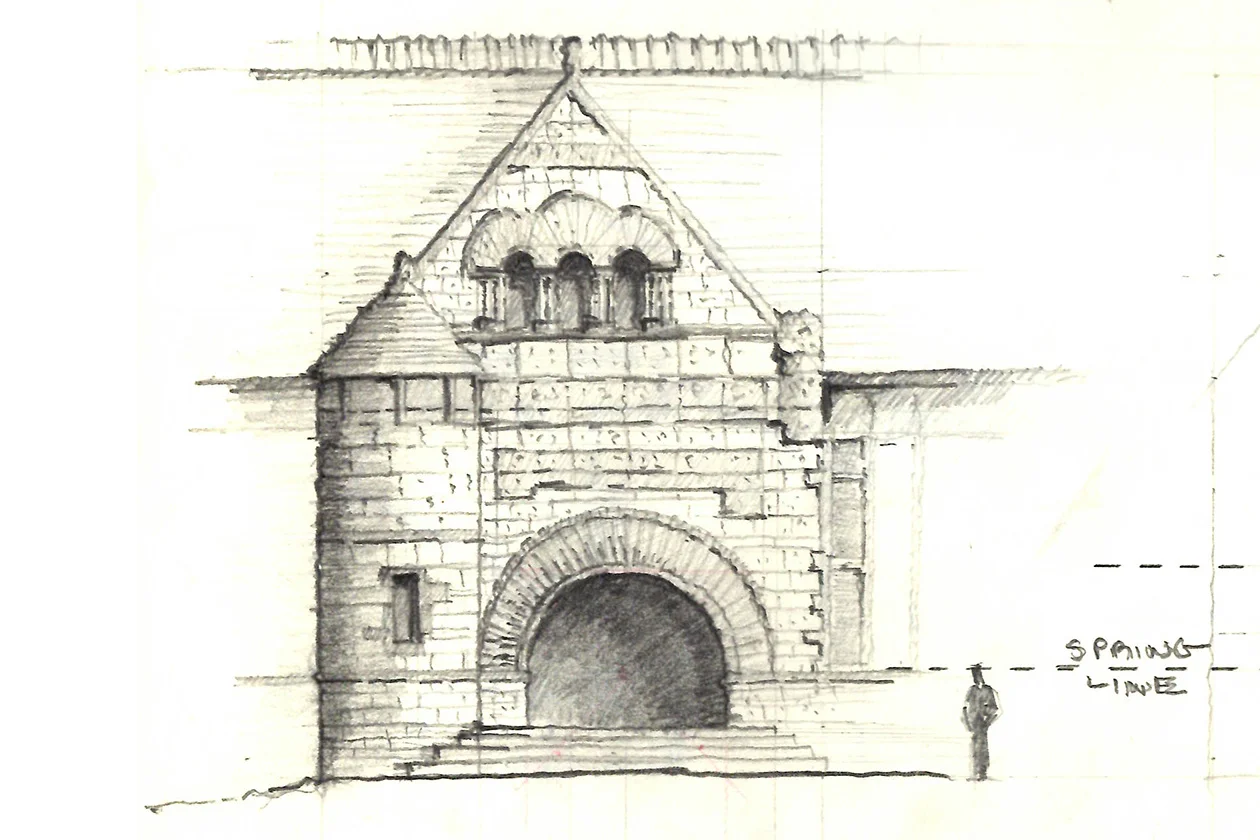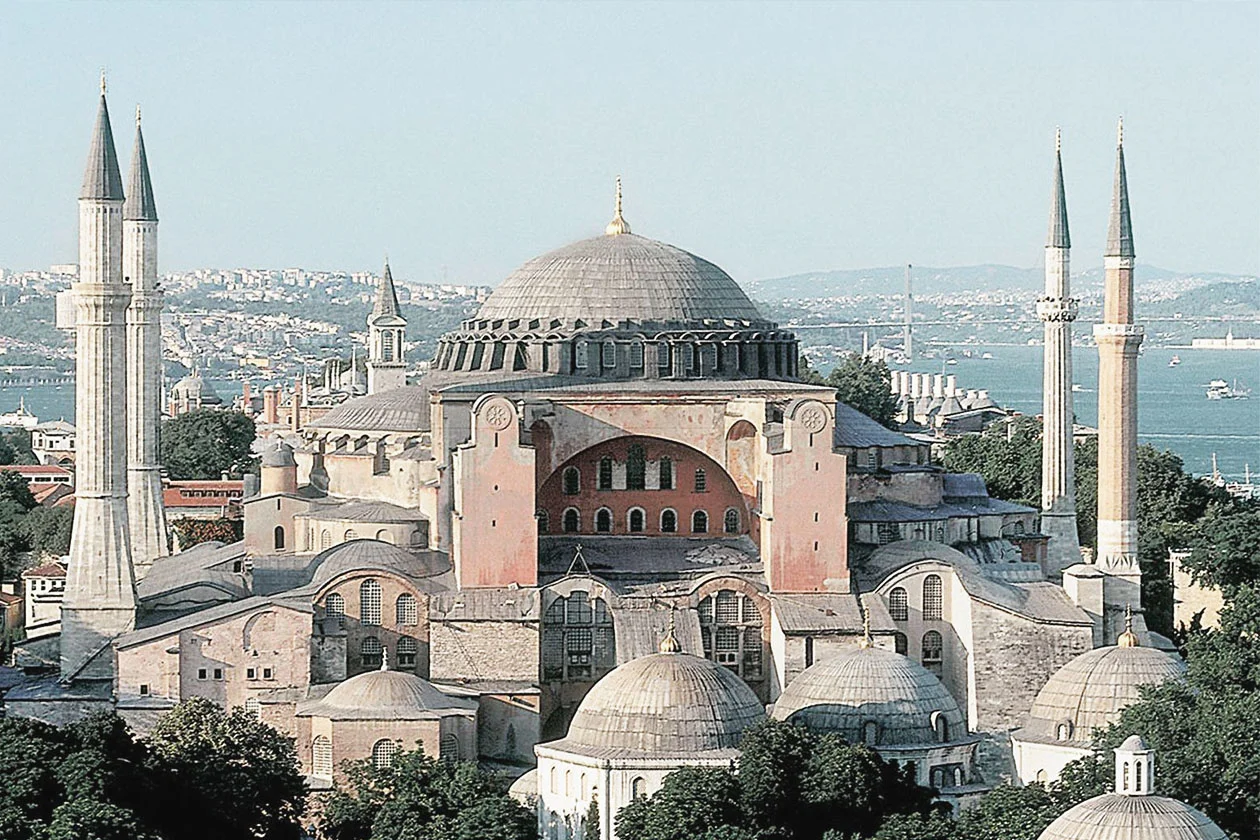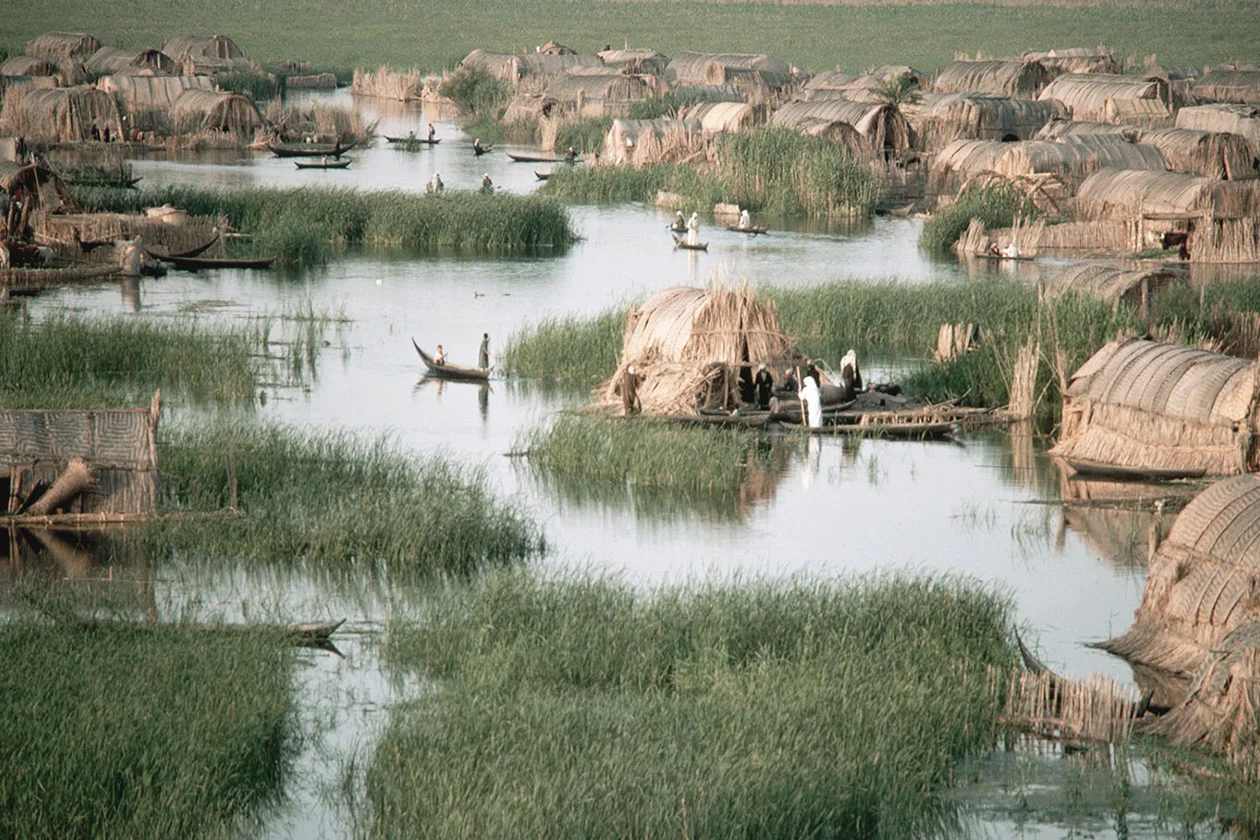The last volume of the History of Architecture. We end with one final look at Modernism and where we are as a culture today, architecturally speaking.
Read MoreModernism was a unique occurrence and a culmination of many colliding forces happening at once. We have come to know the term “Modern” as something very “clean” looking. Although this was part of the intent, the spirit behind the modernist movement was much more convoluted than opening up floor plans and adding clean lined finishes. It was fueled by social and technological revolutions, that defined the 18th and 19th centuries and culminated into a complete set of ideals in the mid 20th century.
Read MoreTime is not Money. Time is greater than money. We can create money. But time we have a finite amount of and how we spend our time says much about the quality of life we live. In this lecture we dive into how city architecture and the built environment manipulate people into spending their time for better or for worse.
Read MoreApart from the Mary Macleod Bethune statue erected in 1974,…there was no true monument dedicated to a prominent black individual until Martin Luther King Jr. finally got [his] in 2011 (43 years after his death!). Even though MLK gained his seat at the table with Lincoln and Jefferson on the National Mall, one could still argue that his statue is positioned in such a way that does not command public space, but is rather a “destination” that one must seek out.
Read MoreA visual history of Indian, Native American, and Meso-American architecture and civilization.
Read MoreThis week we explore the architectural developments of Eastern civilizations.
Read MoreVisual history of Renaissance and Baroque Architecture and the influences of both the Protestant and Counter-Reformation.
Read MoreA brief visual history of early Christian Architecture, Ottoman and Byzantine Architecture, and Gothic Architecture during the Medieval Period
Read MoreA brief history of Persian and Islamic Architectural influences.
Read MoreA visual history of Greek and Roman architecture and culture.
Read MoreA brief architectural history on some of the oldest organized civilizations in the world: Mesopotamian and Egyptian societies
Read MoreAs soon as humans began to master agriculture, civilization began to flourish. Their architecture wasn't too far behind.
Read MoreHad it not been for these two empires, the world would certainly look different. Rome, over the centuries always managed to realize the value in its ancient, yet, abandoned structures. Now the city is reaping the benefits of history and longevity. Detroit, poised to be America’s version of the “Eternal City”, now sits at a critical pivot point in its history. Will it make decisions in response to economic urgency? Or will it make decisions of historical sustainability that yield innumerable dividends in the long run? I hope the latter, holds true; for there is no town, like Motown.
Read MoreThe condition of the Detroit neighborhood is also the condition of the American neighborhood. The solution is complex and multifaceted. But I believe it has much to do with the design of the built environment and the relationship - or lack there of - that people have to that environment. This is the genesis of Fabric[K] Design.
Read More![Fabric[K] Design](http://images.squarespace-cdn.com/content/v1/5846fe37ff7c5046fc8b98e8/1585703506724-ACFUCZ5FH3AGY64QWIFZ/FabricK-Design_Logo_1500x600_All+Green.png?format=original)














![Building Better, More Sustainable Lifestyles: The Story of Fabric[K] Design](https://images.squarespace-cdn.com/content/v1/5846fe37ff7c5046fc8b98e8/1506839968548-MI2NKZLJ7XYQCIMYMFJA/21SEGREGATION-1-articleLarge.jpg)